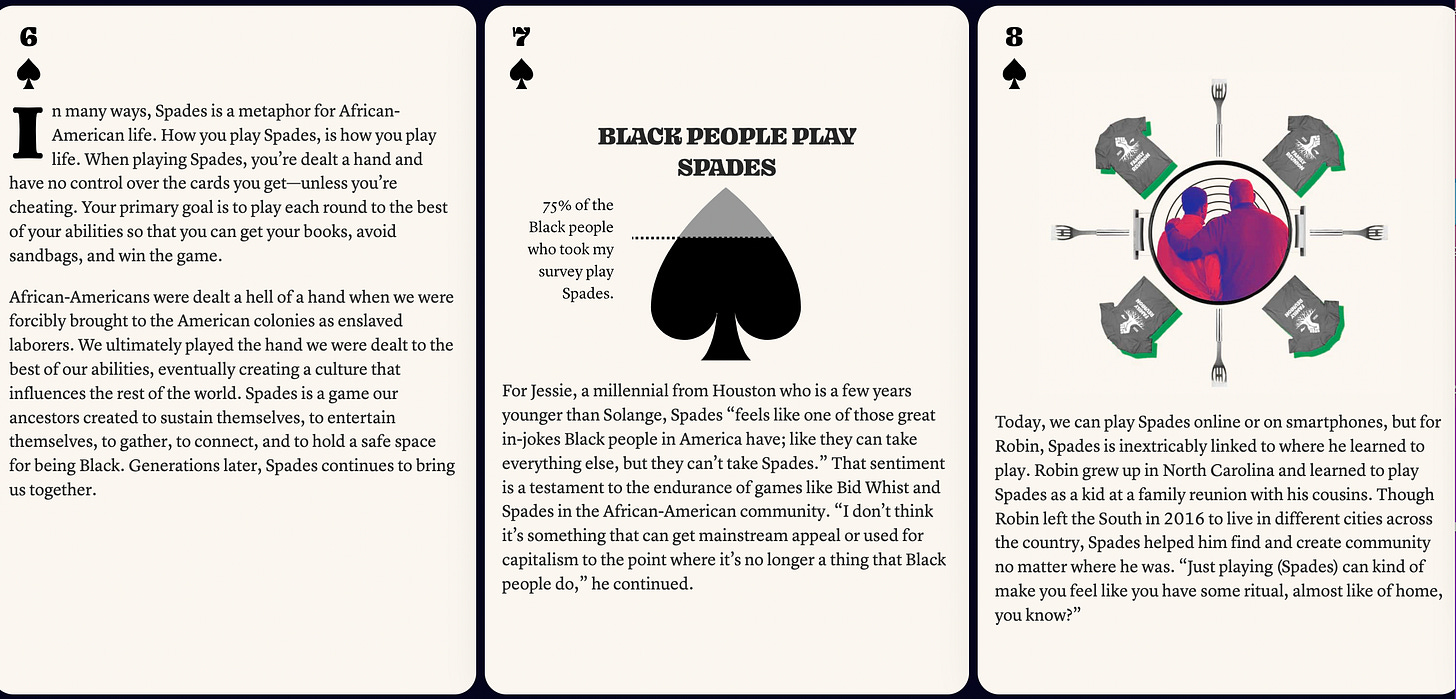
1. Casualties
There are three classes of casualties in Ukraine, each of which have different strategic impacts: Russian military deaths, Ukrainian military deaths, and Ukrainian civilian deaths.
We’ll get to the impacts in a minute, but first let’s try to level set: How many casualties have their been? We don’t know. From the beginning all of these numbers have been a mystery because of:
The fog of war.
The inability of disorganized Russian units or scattered Ukrainian forces to make reliable tallies.
The incentive for both sides to obscure reality as part of the information battle.
So understanding that we’re working in the dark, let’s look at the numbers we’re seeing and what they mean.
Ukrainian civilians: As of a few days ago, the U.N counted the number of civilian dead at 847. I do not trust this estimate, at all. For a sense of scale: As of a few days ago, Ukrainian officials in Mariupol claimed more than 2,500 dead just in that one city. A week ago, officials in Kharkiv claimed over 500 dead in their city.
How do you even make a guess at the total figure? With millions displaced and massive bombardments of civilian targets, we have no idea who is buried under rubble and who has fled. Maybe Ukrainian authorities are able to count the number of bodies they can see. But that’s about it.
The strategic implications of civilian deaths cut both ways. The more of them there are, the worse it is for Russia in terms of sanctions continuing past any settlement point.
For the Ukrainians, civilian deaths increase the pressure on the West to continue military aid. But also run the risk of hurting morale.1
Ukrainian soldiers: First off, the line here is blurry. Many—thousands? tens of thousands?—Ukrainian civilians have taken up arms.
As of 12 days ago, U.S. intelligence estimated Ukrainian military deaths at between 2,000 and 4,000. That same day the Ukrainian defense ministry put the total at 1,300 dead.
Obviously, the Ukrainians are incentivized to minimize this number and we should not put much stock in it.
But in a way, this is the casualty number that matters least. Because Ukraine has a large supply of potential fighters. It matters in some ways if they have lost 1,000 soldiers or 10,000 soldiers. But in other ways, it doesn’t matter: If they have the will to resist, then those losses can be replenished to a large degree.
These replacements will not be A-level troops. They will be untrained and outside of military age. But a 45-year-old shopkeeper can hide in a pile of rubble and then pop out to fire a Javelin. There’s a reason they call it fire and forget.
Russian soldiers: This category is the big one, the most strategically significant number. From the start, the Ukrainians have claimed large numbers of Russian dead. I don’t trust those numbers. But over time, we keep seeing leaks from other sources. This caught my attention yesterday:


That leak was followed shortly by this claim from Russian state media:


All of these numbers are disputed.
But still.
We have at least a ballpark sense on Russian casualties and it’s not in the 2,000 range.
Some scale: The Russians fought in Afghanistan for a full decade and lost a grand total of 14,000 troops.
Whatever the real number of Russian losses is in Ukraine over the last month—whether it’s 6,000 or 13,000—they are looking at a military catastrophe.
What’s truly murderous about these numbers for Russia is that they’ve lost some very large percentage of their force for almost no strategic gains. If they take Mariupol and/or Kharkiv, then they could try to parlay that success into a settlement which grants them territory.
But with each passing day, the Russians increase the risk of their army disintegrating in the field.
For more on the Ukraine war every day, sign up for Bulwark+.
2. Counterattack?
One of the (many) things Russian generals should be worrying about right now are drones.
Drones are a tremendous equalizer, providing much of the intelligence gathering and attack capacity of a traditional air force, but at a fraction of the cost in both materiel and manpower.
To this point in the war, the Ukrainians have deployed their force of TB-2s to tremendous effect. And their drone capacity is about to be enhanced with a hundred Switchblade units, which are less like traditional UAVs and more like loitering munitions.
Drones give even a besieged Ukrainian military the ability to launch supported counterattacks. But more significantly, drones make defending supply lines awfully hard for the Russians.
For all the talk with had a couple weeks ago about getting a few dozen Polish MiG-29s over to Ukraine, it strikes me that a steady supply of drones and man-portable anti-tank and SAM units—combined with an aggressive flow of real-time Western intelligence—is the most important support we can give them.
3. Playing Spades
I love this piece on the African-American community and the card game Spades. Because it’s from the Pudding, it’s told in a beautiful, interactive format:
Click through and go read the whole thing.
Though even this cuts both ways, too: You can see a situation in which overwhelming numbers of civilian dead could also harden Ukrainian resolve.




JVL, the drone news is even better than you indicate, as it turns out that the 100 Switchblade systems being provided is actually 1000 drones, as each system comes with 10 munitions. 1000 drones is a good start, but hopefully the US continues supplying them. These could be a game changer. https://twitter.com/michaeldweiss/status/1504399671632048128
Dude. This Spades article rules.